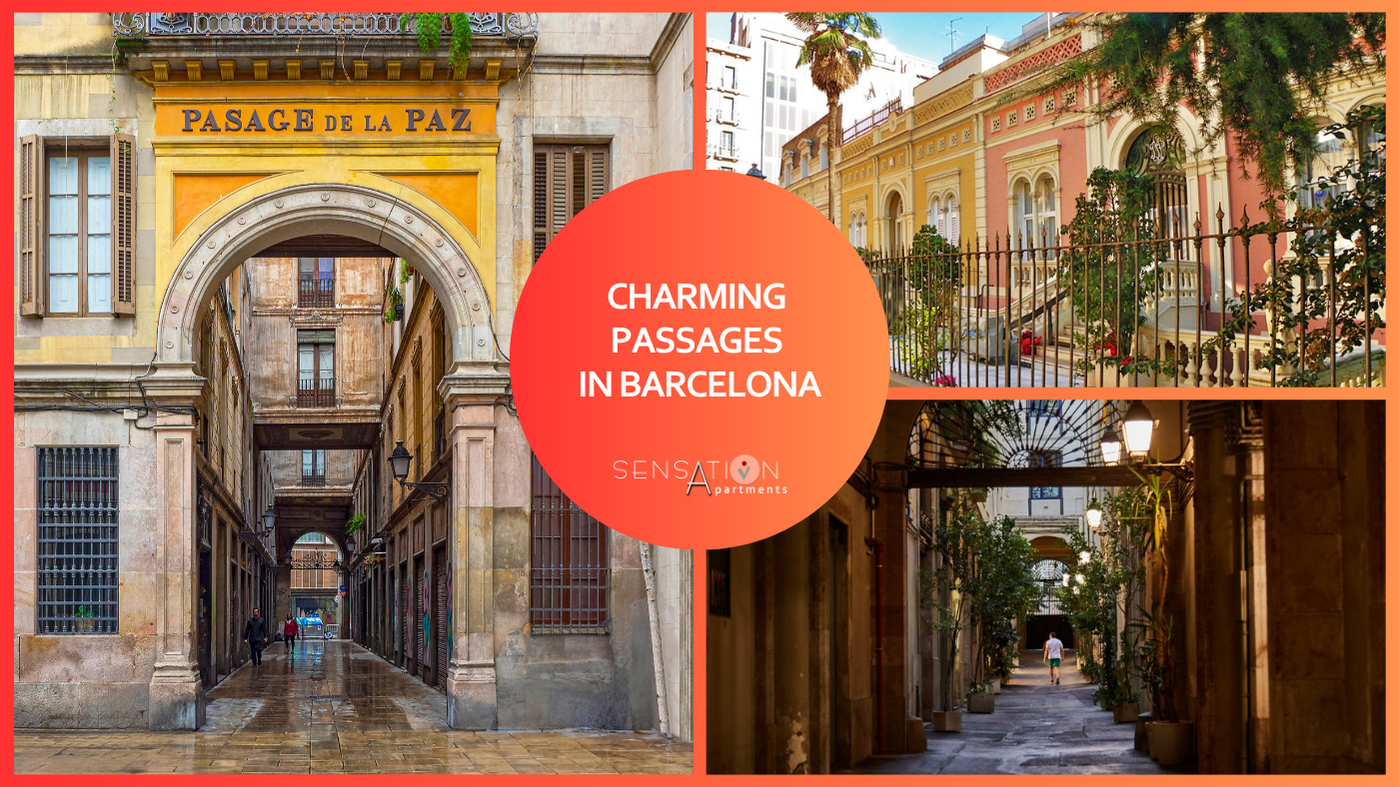The Cathedral of Barcelona - Discover some of its curiosities
Culture 03/01/2024The Barcelona Cathedral is the most important religious temple in the city and one of the most emblematic buildings in the city, along with the Sagrada Familia basilica.
Located in the heart of the Gothic Quarter of Barcelona, among its narrow streets, where remains of the ancient Barcino (ancient Roman name for Barcelona) remain, we can also discover symbols of the Jewish quarter or discover the favorite places of the most bohemian modernists.
A mistake often made by visitors to our city is to think that the Sagrada Familia is the Cathedral of Barcelona. But it's not like that. The Holy Church Cathedral Basilica of the Holy Cross and Saint Eulalia was built between the 13th and 15th centuries and is the most precious Gothic jewel in Barcelona. Throughout all these centuries, it has witnessed all kinds of historical events and there are those who say that each of its stones hides some secret. In addition, it is the seat of the Archbishop of Barcelona, which makes it the most important church in the city.
It began to be built more than 720 years ago on an old Romanesque church, which had previously been early Christian. Today, the archaeological remains can be seen at the Barcelona History Museum, MUHBA .
Every year, during the Corpus Christi festival, the tradition of “l'ou com ball” takes place in the cloister of the Cathedral. It is a custom that consists of making an egg dance in the fountain of the cloister, decorated with flowers and red cherries.
In the same cloister there are thirteen geese, as many as, according to tradition, Saint Eulalia was old when she was martyred. Saint Eulalia is the co-patron of Barcelona along with the Virgin of Mercy. She was a 13-year-old girl who rebelled against the persecution of Christians during the 3rd century AD. They say that in response to this act of insolence, the governor of Barcino subjected her to thirteen martyrdoms, as many as she was old. The last was to crucify her on a cross shaped like a cross, the emblem of the cathedral and the symbol of the diocese.
Its 21 bells have a woman's name. The “Tomasa” is the largest and is played on the most special occasions, while the “Honorata” is the most revolutionary: they founded it in 1717 because it was played during the uprisings against Philip V. The others are the Mercè, the Montserrat, the 'Antònia, Dolors, Gregoria, Narcisa, Paciana, Angélica, Servera and Oleguera.
Through the chapel of the Holy Innocents, next to the door of San Ivo, you can access the terraces with an elevator. From the terraces you can see the two bell towers, the two side pinnacles, the dome crowned by the Holy Cross supported by the image of Saint Helena, the cloister and a very interesting panoramic view of Barcelona.
There are also 250 gargoyles that embody witches and bad spirits, with somewhat grotesque shapes, including bulls, elephants, pigs, rams and even a unicorn. In the Middle Ages and through medieval bestiaries, the unicorn was chosen as a symbol of power and purity.
The Cathedral's organ is of great artistic, liturgical and historical interest. It is located inside the nave, under the bell tower, in the upper gallery, above the portal of San Ivo. It was built between the years 1537 and 1539. It was repaired and restored during the years 1985-1994. Since 1990, organ concerts have been scheduled monthly with great success with the public.
The cathedral has 5 doors:
The main door
The Portal of Saint Ivo
The Gate of Mercy
The Gate of Santa Eulalia
The Gate of Santa Lucia
Each of them has a unique and majestic design worthy of this cathedral.
These are just some interesting facts about the entire history hidden in Barcelona's cathedral. Therefore, we fervently recommend that you plan a visit to this work of architectural art and remember that, on the first Sundays of the month, admission is free.
Find all the information here.







